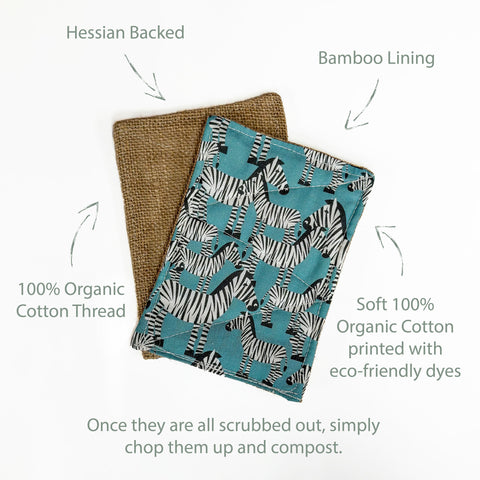
How to exfoliate at home naturally
In the pursuit of glowing, healthy skin, the importance of natural exfoliation can not be overstated. Unlike harsh chemical exfoliants that can sometimes do more harm than good, natural exfoliating methods offer a gentle yet effective way to rejuvenate the skin on your face and body. Natural exfoliants not only reveal a smoother, brighter skin but also promote better skin health in the long run.
Why is skin exfoliation important?
By removing dead skin cells from the surface, exfoliation helps to unclog pores, prevent breakouts, and improve the absorption of skincare products. It also promotes cell turnover, which can reduce the appearance of fine lines, wrinkles, and uneven skin tone over time. Additionally, exfoliation can stimulate blood circulation, resulting in a more rejuvenated and revitalised complexion. Incorporating exfoliation into your skincare routine is a simple yet effective way to achieve clearer, brighter, and healthier skin.
When should you exfoliate?
Exfoliating is best incorporated into a morning or evening routine. It should be done after cleansing but before applying oils, moisturisers or other skincare products.
How often should you exfoliate your skin?
What is the healthiest way to exfoliate your skin?
The healthiest way to exfoliate your skin involves gentle methods that effectively remove dead skin cells without causing irritation or damage. Opting for a physical exfoliate, such as an exfoliating pad or a natural exfoliating organic soap with oatmeal, coffee or poppy seeds added, is a great choice as it provides gentle manual exfoliation. These scrubs help to slough away dead skin cells while also promoting circulation, leaving your skin soft and smooth.
Unlike harsh chemical exfoliators, which can sometimes strip the skin of its natural oils and disrupt the skin barrier, gentle scrub soaps offer a safer and more natural approach to exfoliation. However, it's essential to use them with care, applying gentle pressure and avoiding over-exfoliation, especially if you have sensitive skin.
How to exfoliate at home naturally?
Using a Scrubbie pad:
1. Wash with a natural cleanser.
2. Dampen your Scrubbie; your skin should be damp but not overly soaked.
3. Utilise upward and downward strokes to exfoliate your skin.
4. Rinse your skin (and the Scrubbie pad) thoroughly and gently pat dry with a clean towel to reveal a radiant glow.
Using an Exfoliating Soap:
1. Wash hands first.
2. Splash skin with warm water.
3. Apply bar directly all over face with gentle circular movements.
4. Rinse soap bar and leave to drain.
5. Massage gently onto skin and leave for at least 2 mins.
6. Rinse with warm clean running water.
7. Close pores with a few splashes of cool water.
8. Gently pat dry with a clean towel.








